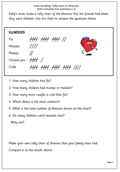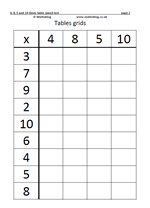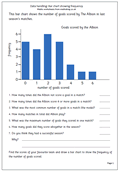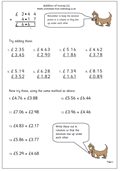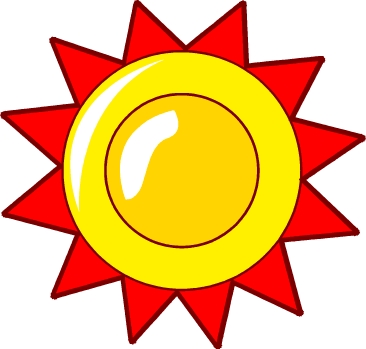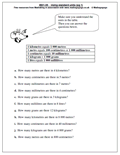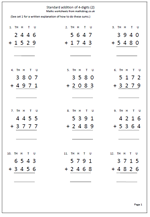You all know how I like interesting dates and we are rapidly moving towards another fascinating date.
On the 9th second of the 9th minute of the ninth hour of the ninth day of the ninth month of the ninth year the date will be:
09 09 09 09 09 09 .
To you and me that’s the 9th of September 2009.
If you are teaching these kinds of dates can lead to some fascinating maths investigations – how long before the next time this happens? What similar dates are likely to come up soon? etc.
